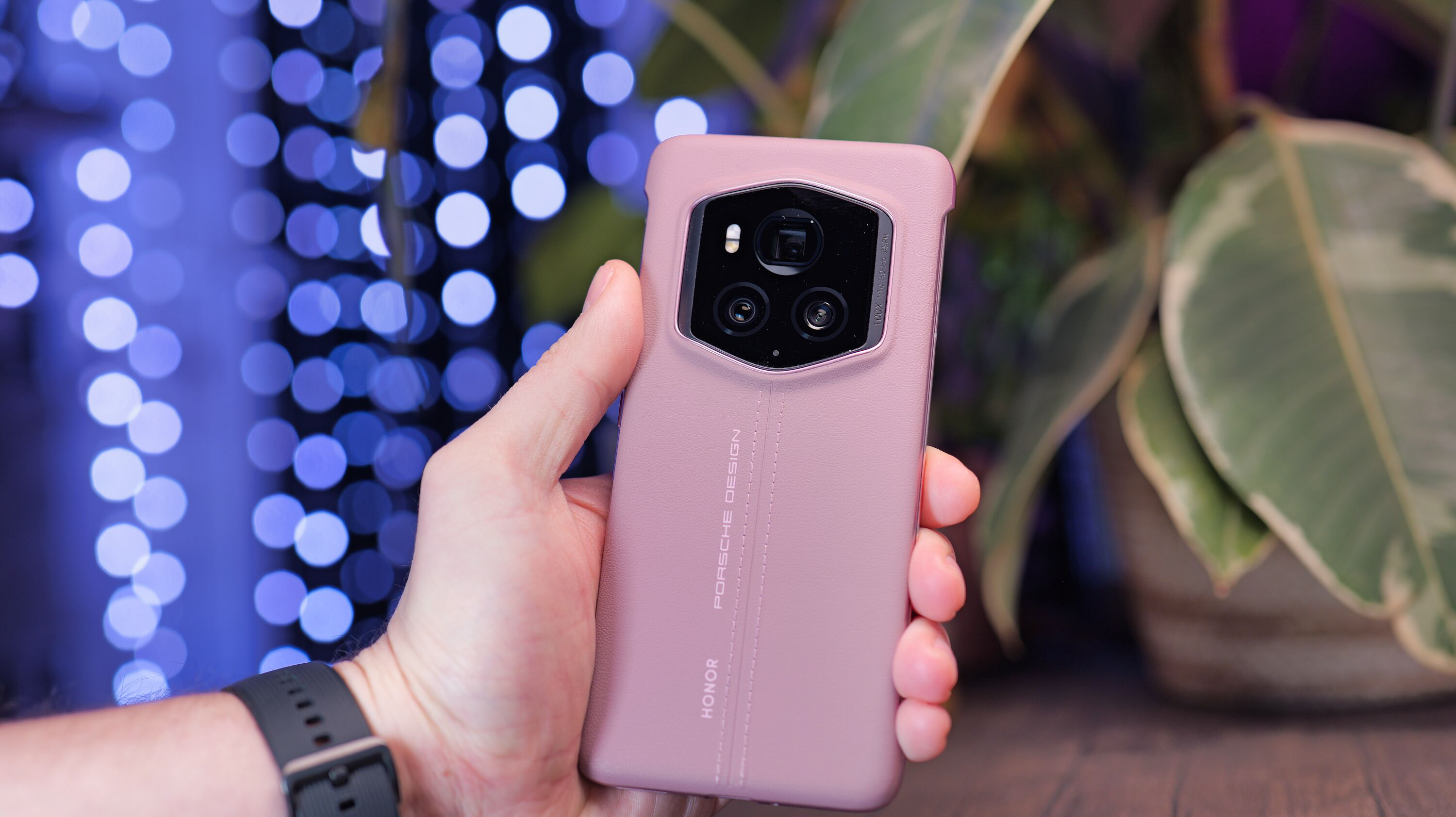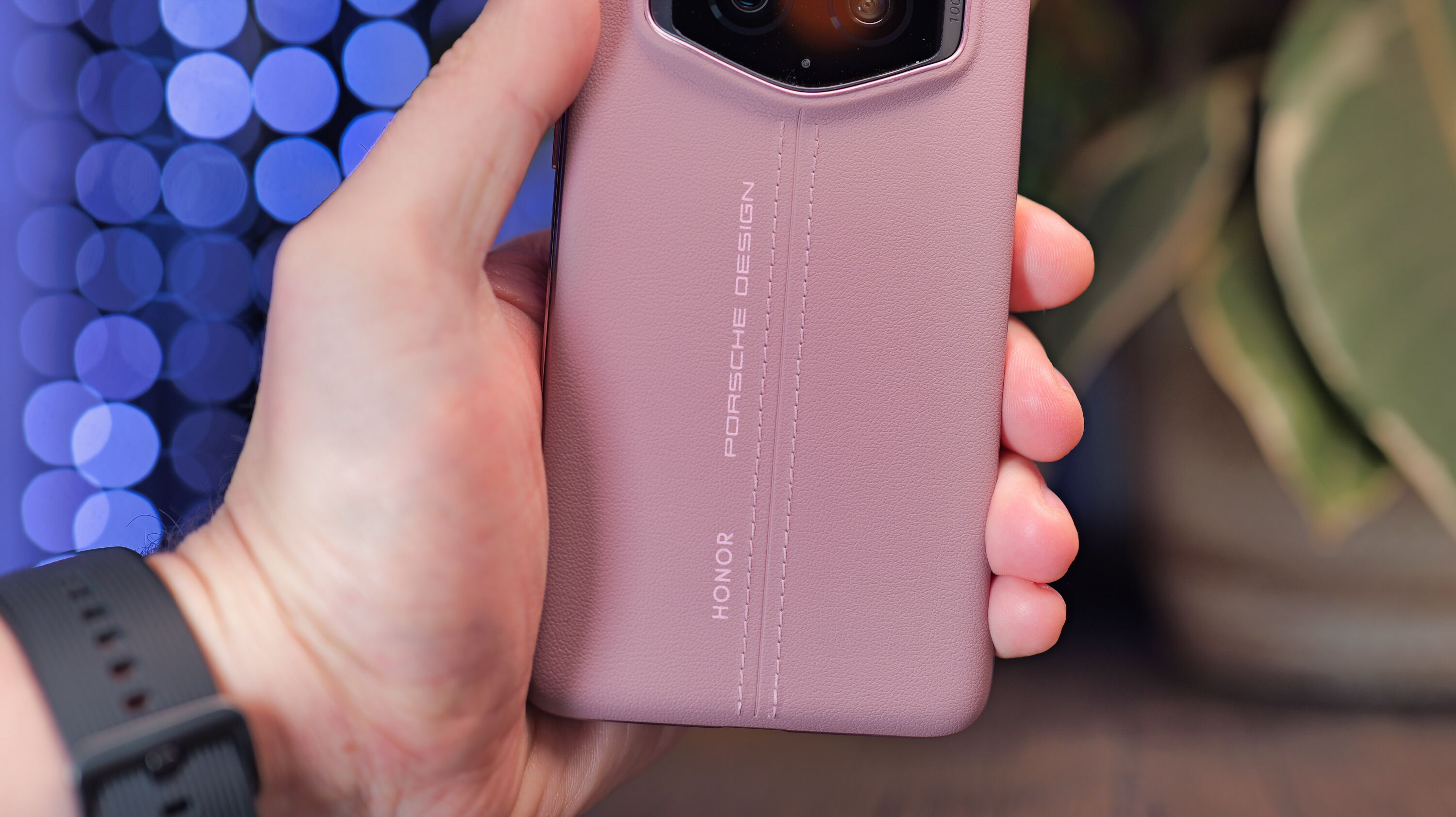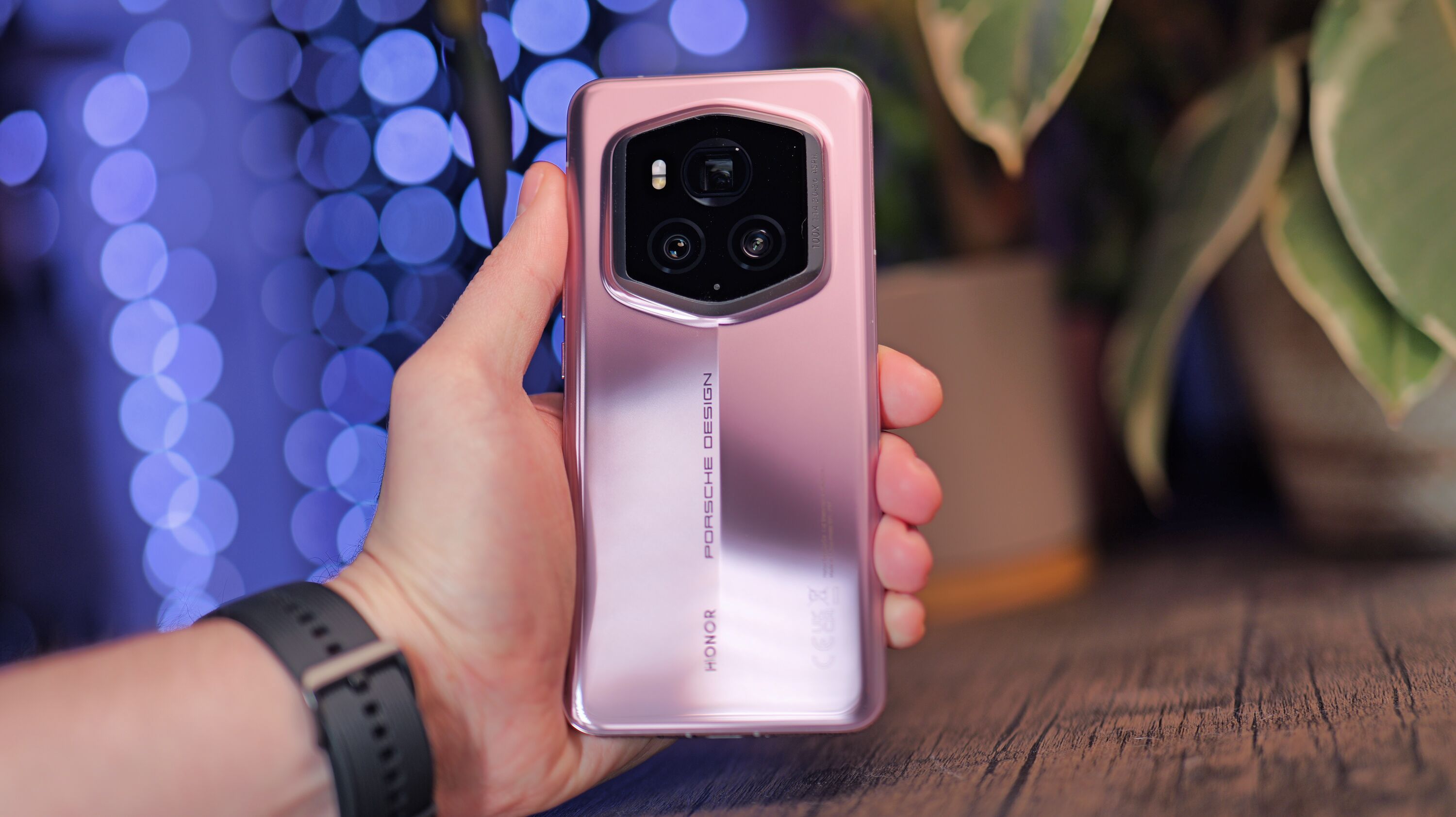
The Honor Magic 6 Pro launched internationally in late February, and now it’s back with a fresh new look from the talented folks at Porsche Design. We gave the Magic 6 Pro a thorough testing when it launched, and if all that had changed here was the looks, we wouldn’t have very much to talk about. Thankfully, that’s not the case, and there’s plenty to explore with the RSR.
In the photographic department, the Porsche Design model benefits from a LiDAR autofocus system and should also give us a few extra stops of dynamic range on the main sensor. It also boasts the first dual-layer tandem OLED display to feature on a smartphone, as well as an enormous 24GB of RAM and 1TB of storage.
These Porsche Design co-branded products don’t come cheap, though, can the Magic 6 RSR really do enough to be worth the initial outlay? I was keen to find out, and after living with it for just over a week, here’s what I learned.
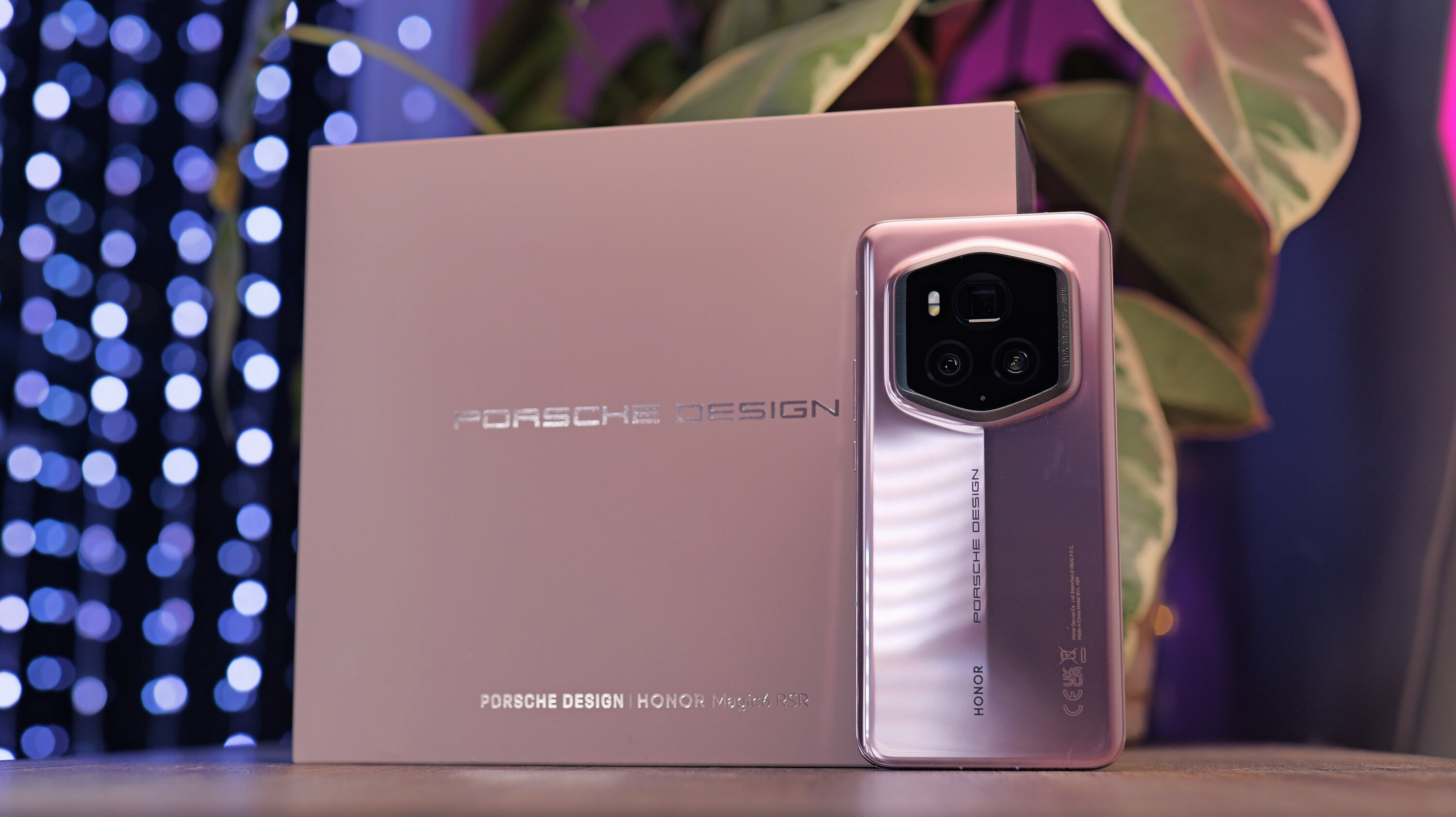
Honor Magic 6 RSR: Specifications
Honor Magic 6 RSR: Price
After launching in China on March 18, the Honor Magic 6 RSR got an international release on May 2 2024. The global rollout includes the UK and Europe, but as usual, it’s unlikely to ever make its way to the States.
The Porsche Design edition is only available in one configuration and it comes with 24GB of RAM and 1TB of storage. With specs like these and a premium design to match, it’s no surprise that it’s an expensive phone. In the UK, it’ll cost you £1599.
While the price tag might shock you initially, when you look at the phone’s closest competitor, it doesn’t fair too badly. The 1TB version of the Samsung Galaxy S24 Ultra retails for £1549, and that comes with half the RAM and no case or charger in the box. The Magic 6 RSR comes with a luxurious case included, as well as two 100W chargers. Seems like a fair price to me.
Honor Magic 6 RSR: Design & Display
The Honor Magic 6 RSR stands out from the crowd with its unique hexagonal camera array and sweeping Porsche-inspired flyline running down its spine. I have the Frozen Berry version in for testing, which is louder still, with a high-gloss pinkish-purple finish. To be honest, it wouldn’t be my first choice, the Agate Grey option has a much more subtle matte finish, and it’s also less of a fingerprint-magnet.
My main gripe with extremely glossy phones is how slippery they are, but thankfully that’s not the case here. It’s easy to get a good grip on the Frozen Berry model, and the flat edge of the hexagonal camera provides a convenient shelf for your forefinger. That said, the naked phone’s grippiness won’t be of much concern for most buyers, as there’s an extremely high-quality case included in the box, I imagine most people will use it with the case installed.
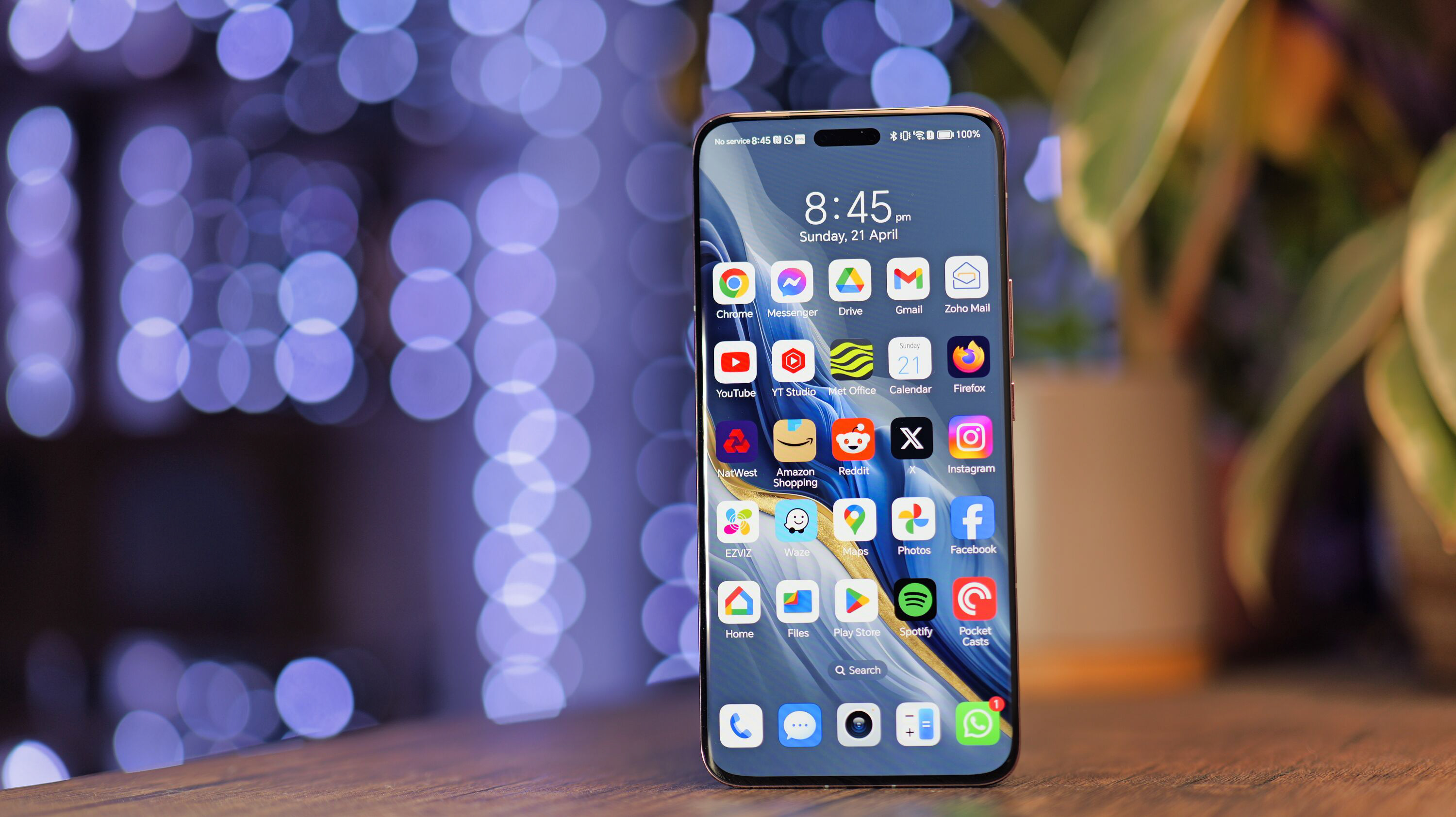
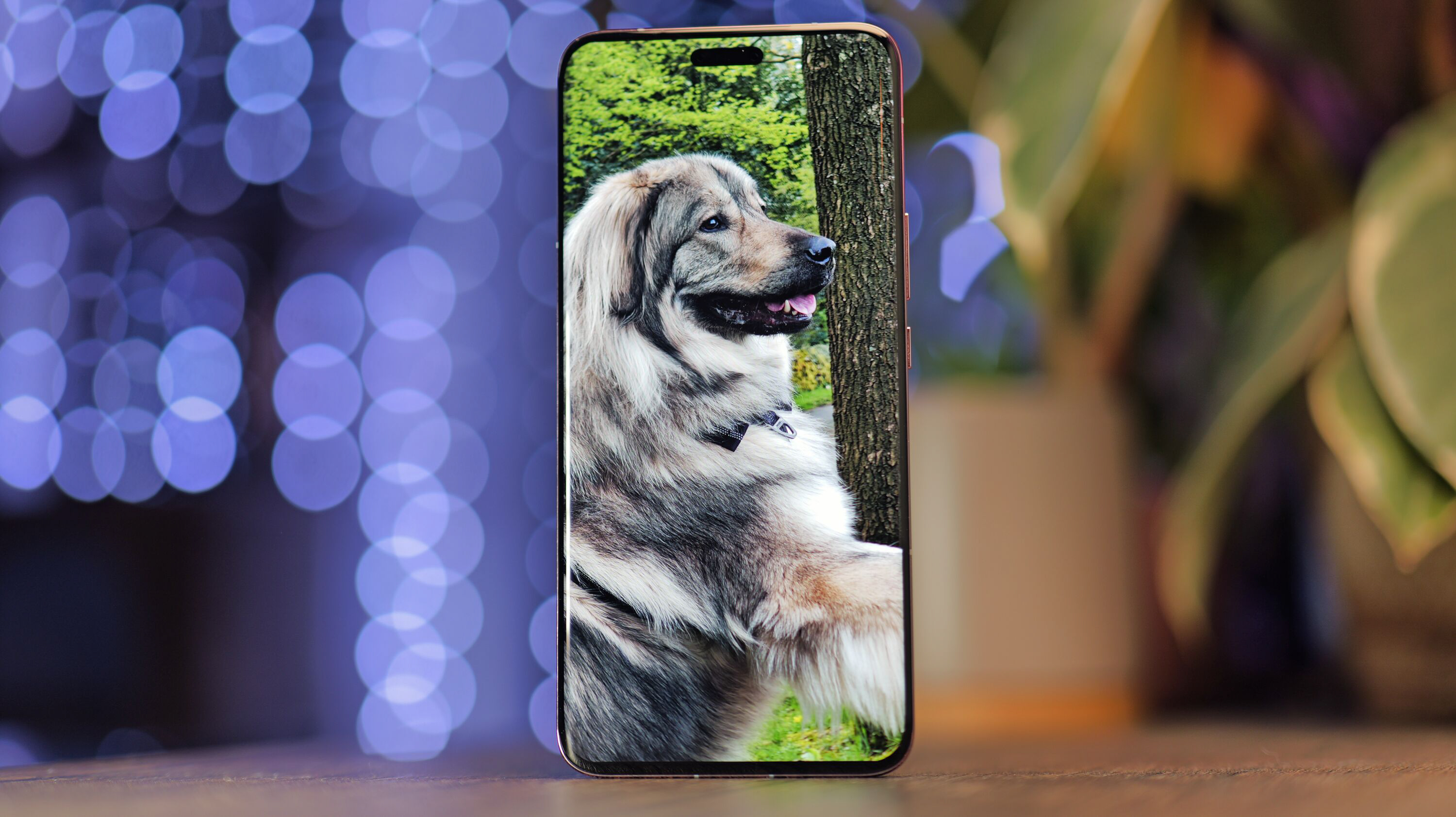
The case has a faux leather back that feels a bit like a steering wheel, there’s stitching down the middle that traces the flyline and adds to the luxury car interior aesthetic. It’s a great inclusion, especially with the glossy Frozen Berry model, as it seems like it would be easy to scuff the shiny rear.
The Magic 6 Pro was already one of the larger flagships on the market, with a 6.8-inch display and considerable thickness, and while the dimensions remain roughly the same on this model, it does get a bit heavier. At 237g, you’re definitely going to feel the Magic 6 RSR in your pocket.
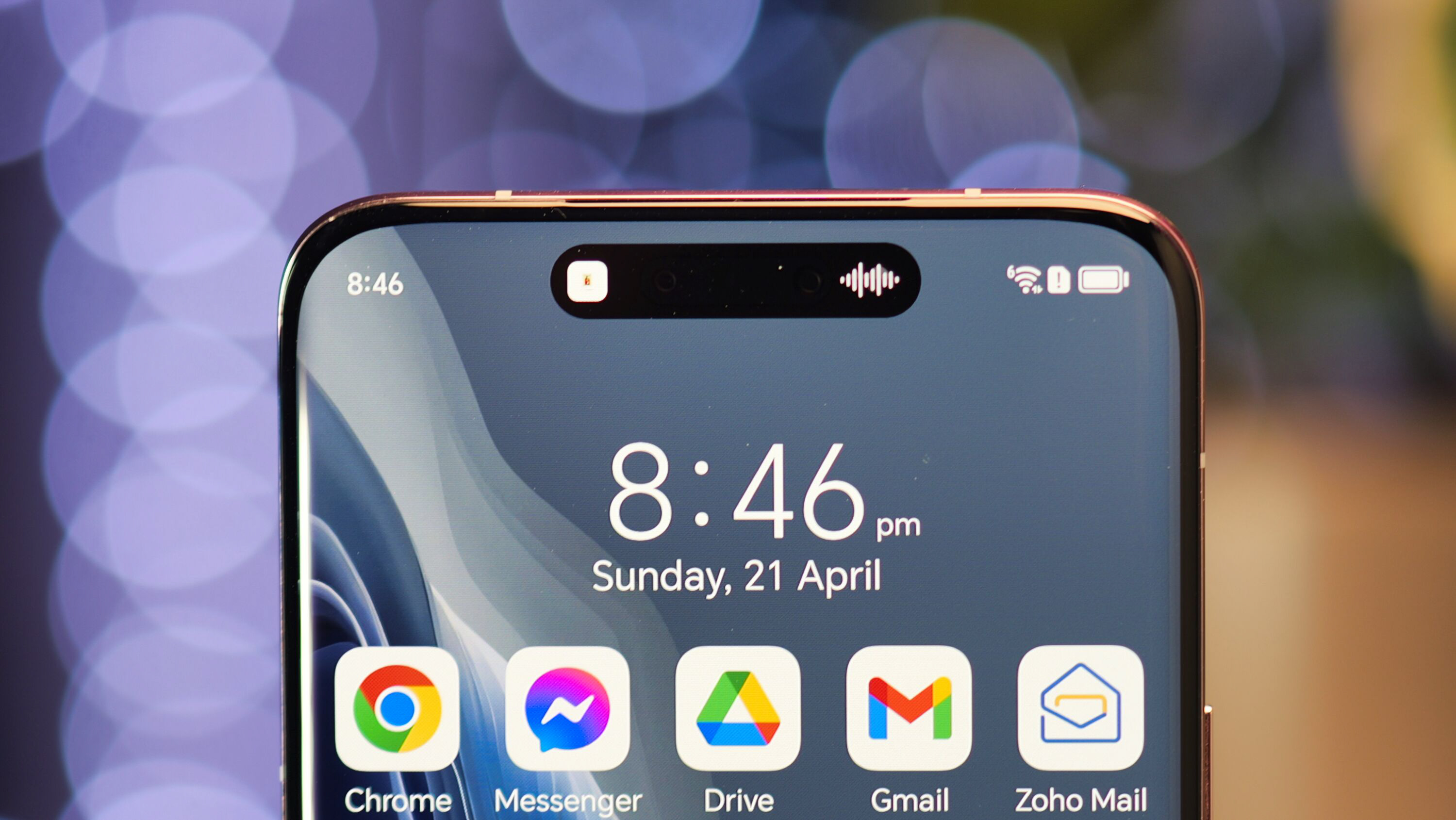
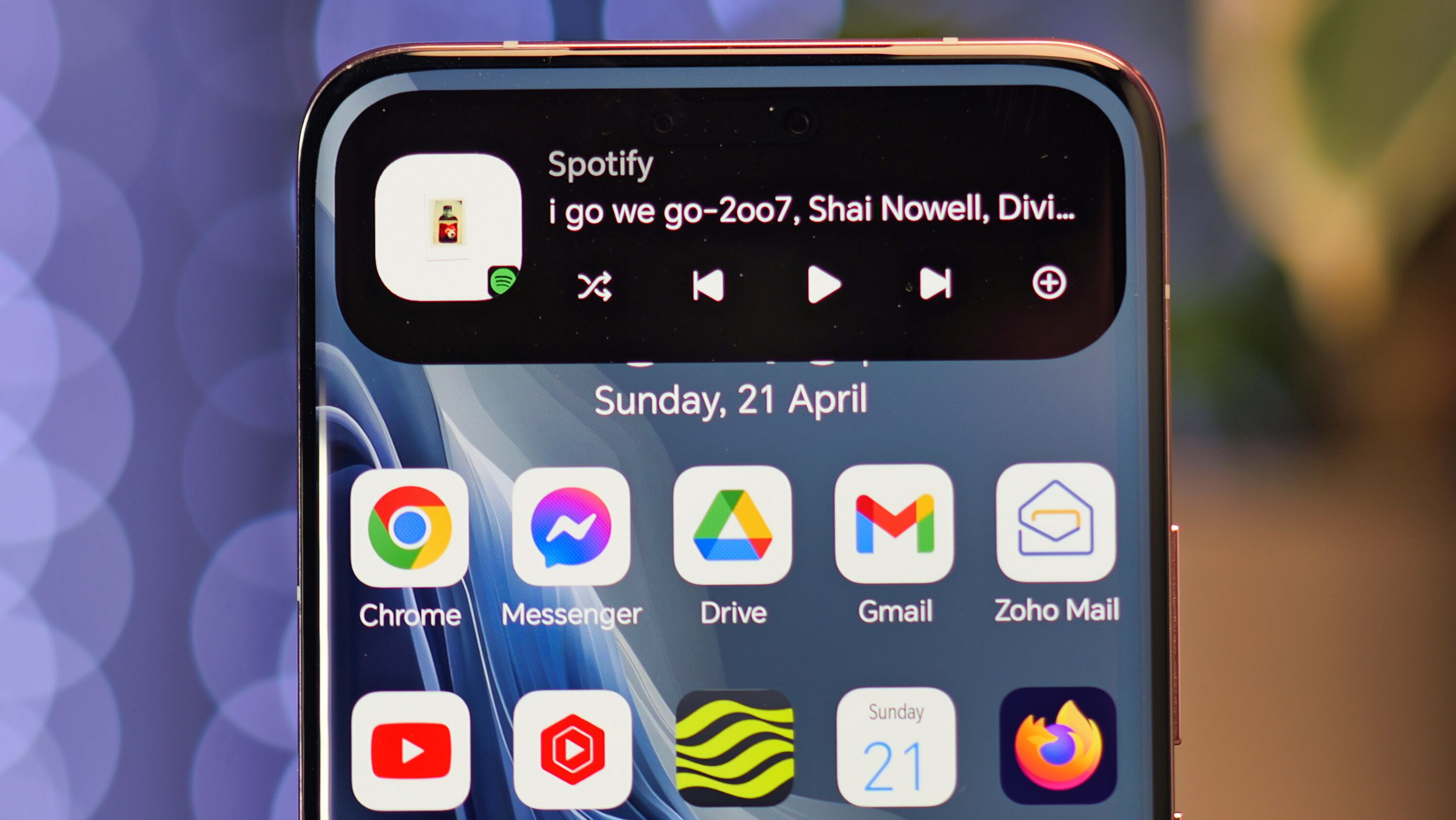
Despite its size and weight, though, the phone is very comfortable to use. There are smooth curves on all sides, you won’t find any sharp corners to dig into your palms like the Galaxy S24 Ultra, for instance.
Aside from the design, another big change with this model is the use of a dual-layer tandem OLED display. This is the first phone to benefit from this tech, and the basic idea is that it gives you extremely high brightness output without sacrificing longevity.
Phone screens are getting astonishingly bright these days, and the Magic 6 Pro was one of the brightest that we’d seen so far. The potential problem with such brightness output, though, is that the screens aren’t likely to last as long as displays running at more modest brightness levels.
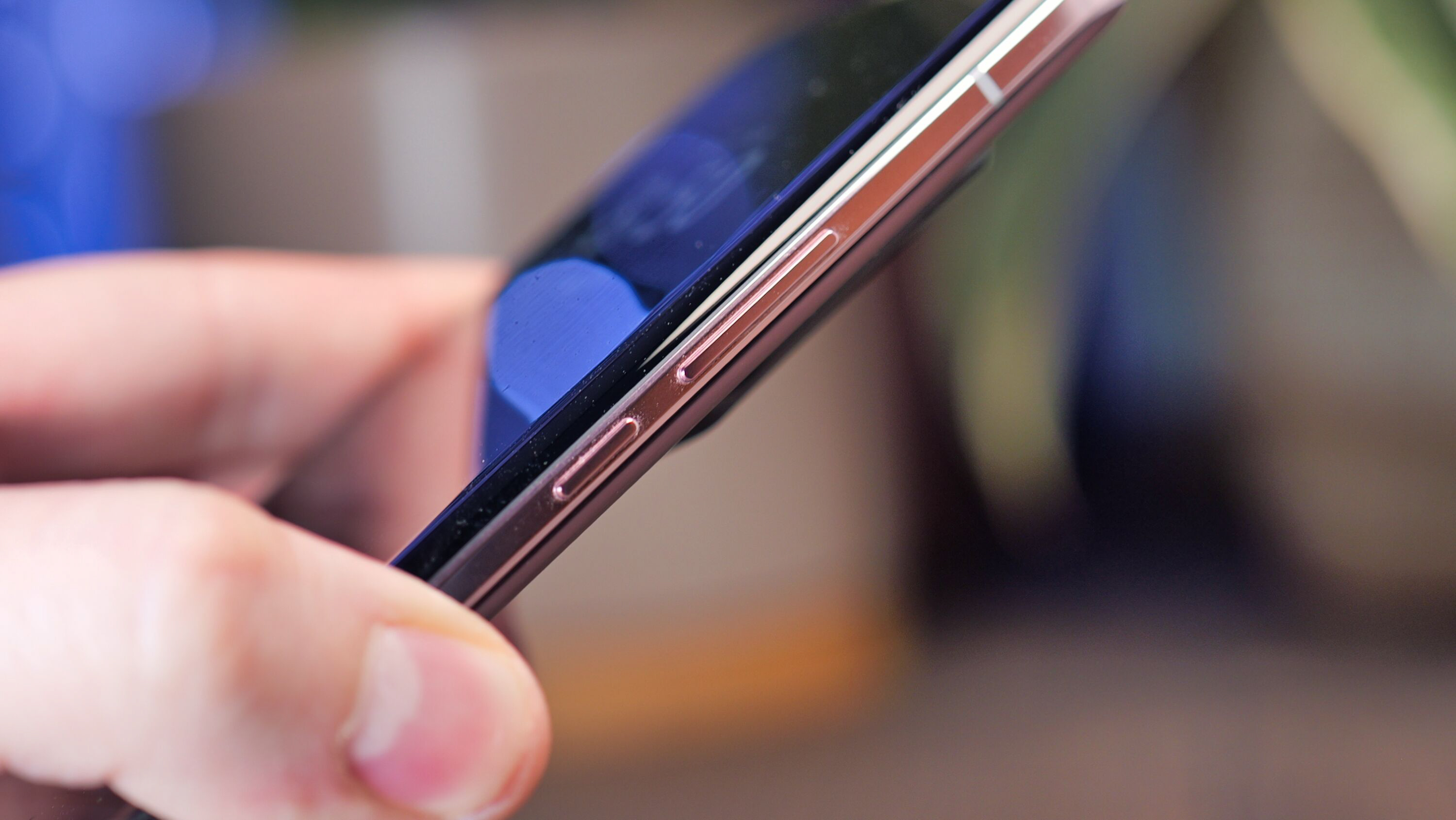


This design essentially stacks two OLED panels on top of each other, and if you’re outputting 1000 nits total, for example, then each panel is only running at 500 nits. Honor says this means the display will last 600 times longer than a traditional panel, and lose less than 1% of its brightness output after three years of use.
Elsewhere, the display specs are identical to the Magic 6 Pro. You get an adaptive 120Hz refresh rate, 5000 nits peak brightness and high-frequency PWM dimming to reduce eye strain. It’s a gorgeous display, and right up there with the Galaxy S24 Ultra as one of the best smartphone displays I’ve used to date.
Honor Magic 6 RSR: Camera Performance
The camera specifications are also mostly the same as the Magic 6 Pro, but there are two big changes to this model. The Magic 6 RSR uses a LiDAR autofocus system in place of the Pro’s laser autofocus, and it also bumps the dynamic range of the main sensor from 13.5 stops to 15 stops.
Unfortunately, I didn’t have the standard Magic 6 Pro on hand to compare the autofocus side-by-side, but from what I remember, it feels quicker. The subject tracking works excellently, too.
The phone lets you double-tap a subject to lock focus, and then it will try to track them in real-time as they move about the frame, just like a modern mirrorless body would. This worked extremely well, with no noticeable lag, and the only thing that tripped it up was when I tried to shoot through a window - but even the autofocus king, Sony, struggles with that.
As for the dynamic range, I’d be hard-pressed to tell the difference most of the time, the Magic 6 Pro already performed brilliantly in that department, and the same is true with the RSR. One shot that really impressed me was of my black rabbit. Most phones render her dark fur as a black void, but the Magic 6 RSR did a fantastic job capturing the shadow detail.



The camera arrangement on this phone is quite an unusual one. On the rear, you get a 50MP main shooter, a 50MP ultrawide and 2.5x telephoto with a whopping 180MP resolution. Most flagships opt for a longer focal length and a more modest resolution, but it seems that the idea here is to offer an extremely high-quality 68mm equivalent that can be digitally cropped to provide longer zooms.
It’s a good idea, but the actual results are a little disappointing. Of course, 2.5x shots look fantastic, and so do 5x shots with the digital crop, but when you push beyond that, things start to look very artificial. At 10x and above photos start to look like an AI-generated oil painting, it’s definitely a step behind the competition at longer focal lengths.


Fortunately, that disappointment is restricted to 10x and above, elsewhere, the Magic 6 RSR performs admirably. I love the natural bokeh created by the large sensors of the main and telephoto lenses, while the extremely wide 13mm-equivalent lens is superb for capturing architecture.
In daylight, the relatively large sensors and wide apertures do a brilliant job of freezing motion, and combined with the quick and reliable autofocus system, this phone is hard to beat for fast-moving action shots. At night, motion blur becomes more prevalent, as the phone tries to keep the noise levels in check, but there are full manual controls if you want to push the limits.






Another unique aspect of this camera system is the adjustable aperture on the main sensor. It only goes from f/1.6 to f/2.0, so it’s a subtle difference, but it’s noticeable nonetheless. By default, the camera will adjust the aperture depending on what’s in the scene, if there are multiple people, for example, it’ll stop down for a wider focal plane.
I found that switching to f/2.0 was great for close-up macro shots, as it allowed me to keep more of my subject in focus, but the rest of the time, I just let the phone do its thing. It’s a little odd to have such a small range, the f/1.63-f/.4.0 range of the Xiaomi 14 Ultra makes more sense to me, but still, this slight adjustment has its uses.


The selfie camera is also a strong showing. It has a wider FOV than most, which is handy for group shots, and it also has autofocus, so you’re always sharp no matter how far away from the lens you are. A plethora of beautification options, filters and a reliable portrait mode add to the appeal, too.
For video shooting, you can capture at up to 4K 60fps on every camera. The footage looks good, with excellent stabilisation during the day, but you can expect some micro jitters when the light gets low. There are more professional options on this phone than you’ll find on most, too. There’s a LOG colour profile, the ability to add LUTs and full manual controls, it’s very comprehensive.
Honor Magic 6 RSR: Phone Performance
The Honor Magic 6 RSR runs MagicOS 8.0, a heavily skinned version of Android 14 that takes a lot of inspiration from Apple’s iOS. If you love stock Android, you might have a hard time adjusting to this phone, but if you’re switching from an iPhone, it might be easier to adapt.
The operating system works well for my needs, and I really enjoyed Honor’s dynamic-island clone that pops out from the camera cutout. It gives you quick access to your media controls at all times, and as someone who usually has a podcast playing while out and about, it’s incredibly convenient.

I also enjoyed Honor’s Magic Ring feature. This allows you to drag an image or text to another app at the side of the display and uses AI to guess which app you might want. The best example is probably dragging an address into Google Maps to quickly start navigation. It’s a bit of an awkward gesture to get used to, but it works very well once you figure it out.
The system felt snappy and responsive throughout my testing, and I never experienced any major bugs. The default Porsche Design theme is a little blingy for my tastes, but it’s very easy to switch up the look, and the other themes look great.

The only real downside of MagicOS is that it comes with some bloatware pre-installed, like WPS Office and Trip.com. It only takes a moment to uninstall the bits that you don’t want, but when you’re spending this much on a phone, you shouldn’t have to.
The Honor Magic 6 RSR is powered by the Qualcomm Snapdragon 8 Gen 3, one of the fastest mobile processors around, and it’s paired with a massive 24GB of RAM and 1TB of storage. This means it’ll blast through any game you like with relative ease, and it’s a great option for video editing on the go.
The specs are impressive when it comes to the battery, too. It uses a new type of silicon-carbon battery to squeeze in a whopping 5600 mAh capacity. Despite being an absolute powerhouse, this massive battery means that the Magic 6 RSR can achieve two days of use on a charge when used sparingly, it’s really impressive stuff.
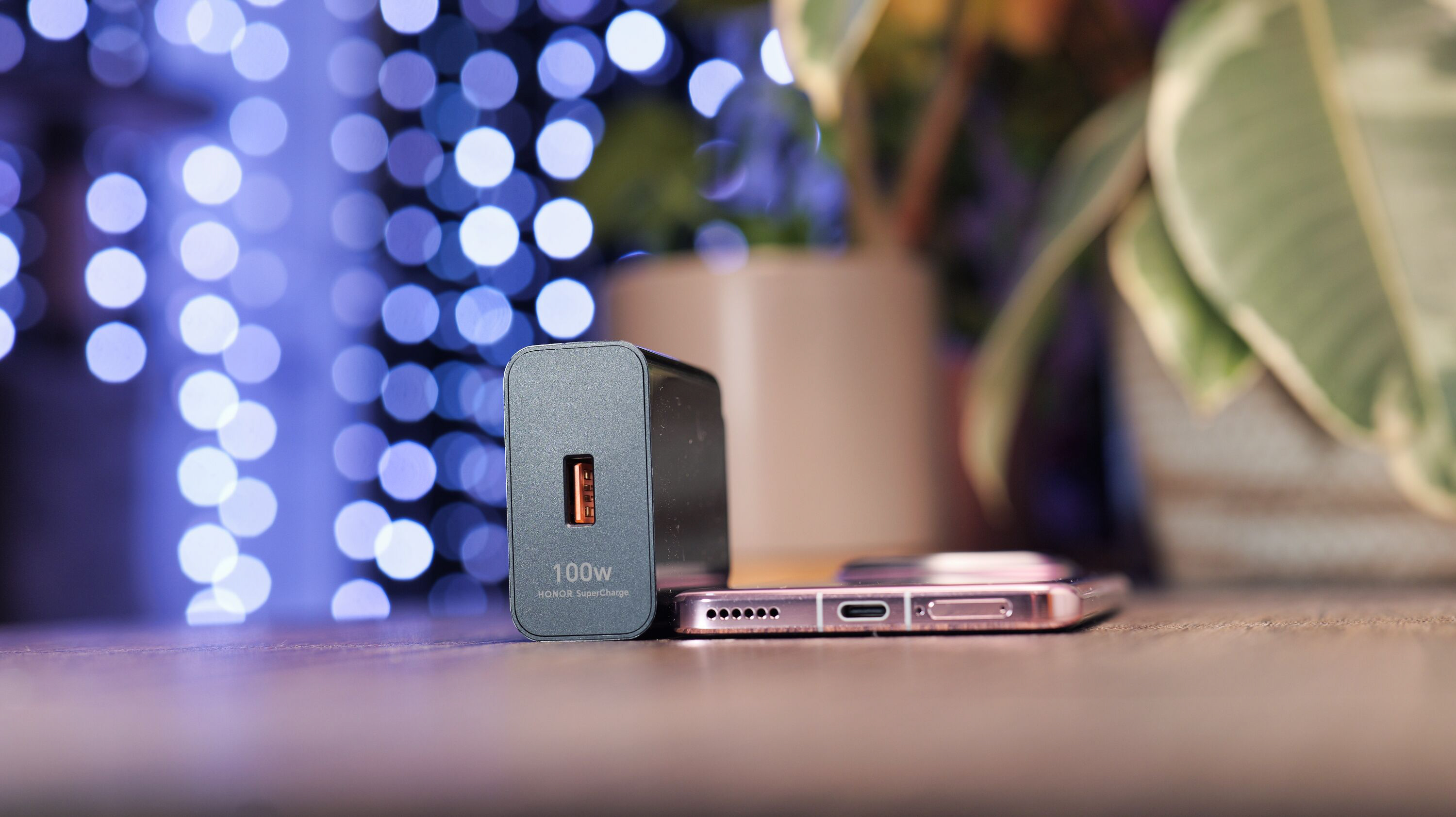
When you eventually manage to drain the battery, you’ll be up and running again in no time at all. It supports 80W wired charging, and that’ll get you from flat to full in about 45 minutes, by my count. It even supports wireless charging at 66W, but you’ll need a very specific charger to achieve those speeds.
Honor Magic 6 RSR: Verdict
The Honor Magic 6 RSR is an impressive phone in all areas, and I have absolutely loved using it. The camera performance is excellent, the battery life is astounding and the screen is one of the most impressive on the market.
It’s not perfect, though. MagicOS is sure to be a point of contention for some people, and it’s a big, heavy phone that not everyone will be willing to carry. It’s not the top choice if you’re looking for a long zoom range, either.
Most interested parties should opt for the Magic 6 Pro, which gives you most of the same experience at a much lower price. However, if you need a lot of storage, and you want a taste of luxury, the premium Porsche Design Magic 6 RSR justifies its price well. It’s one of the best all-around phones that I’ve tested this year.
